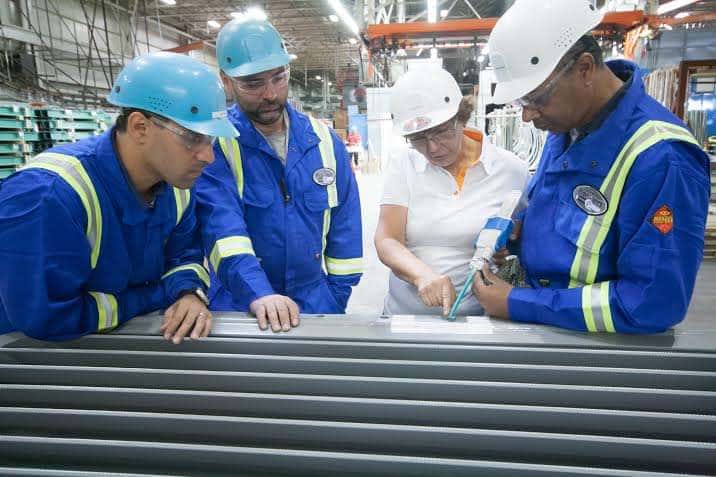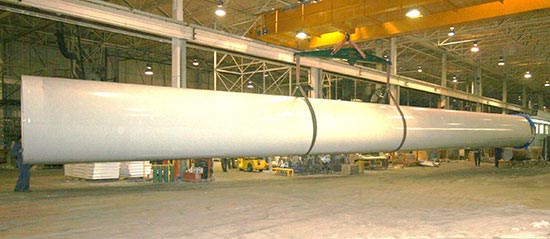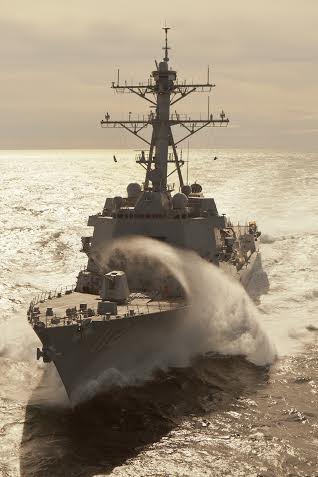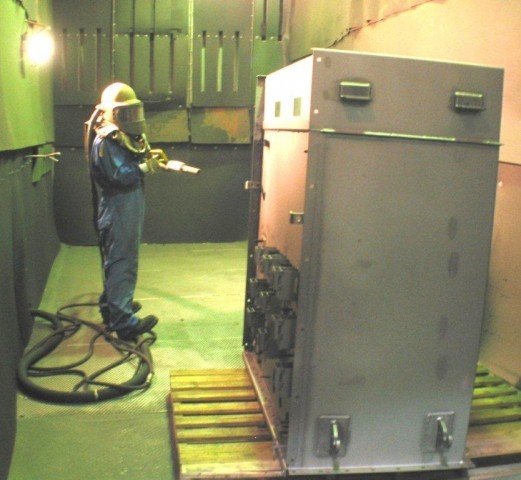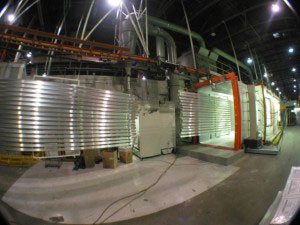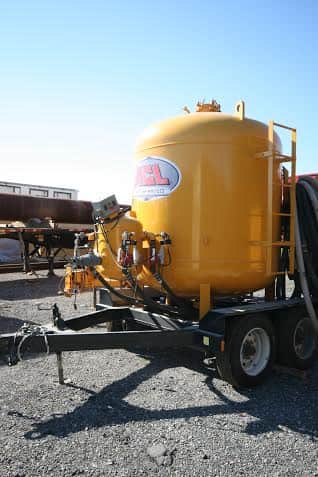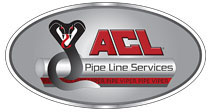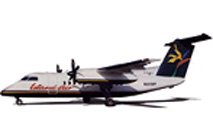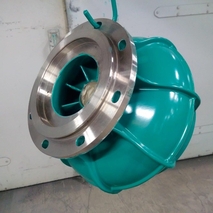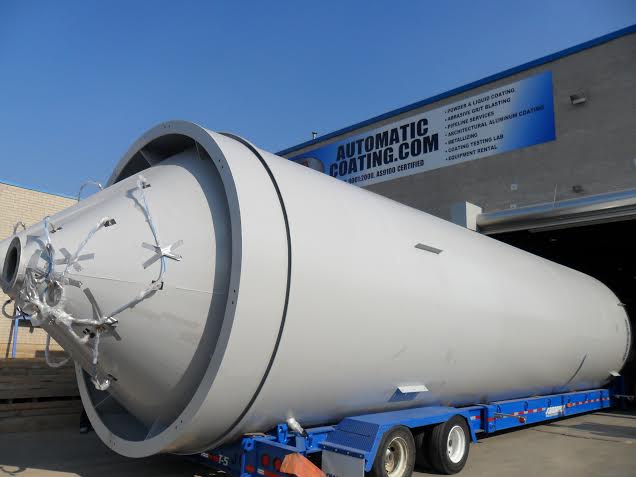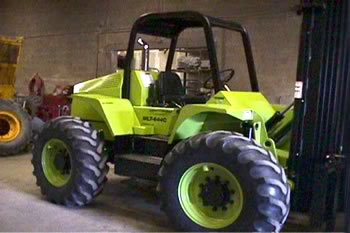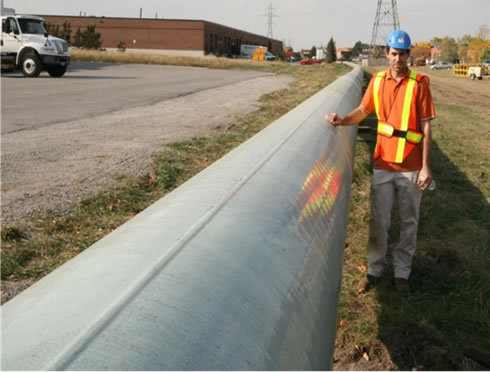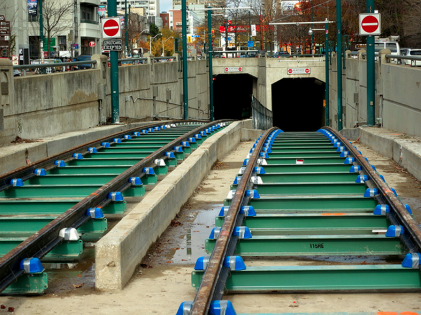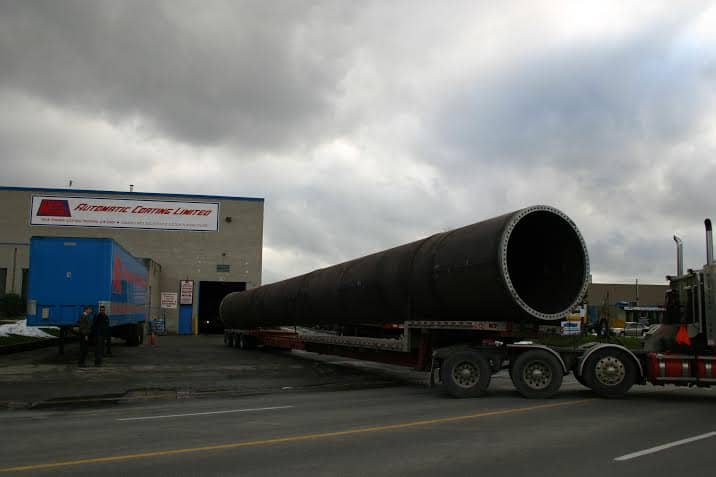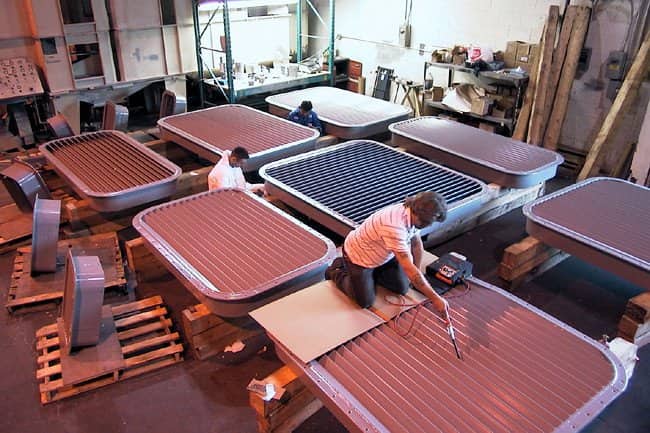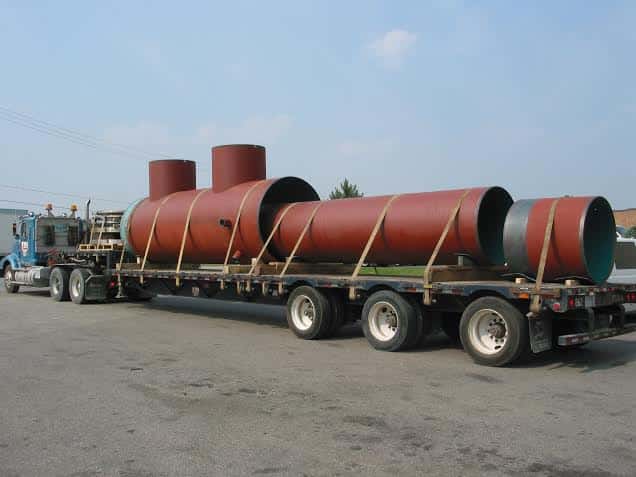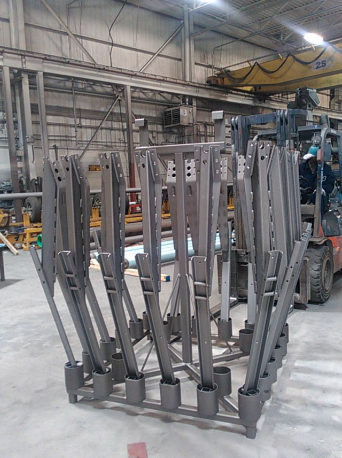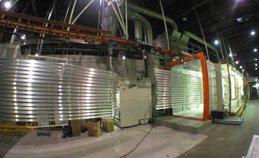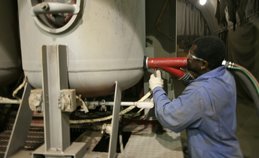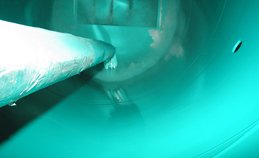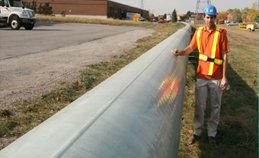For many high-performance coatings in both Powder and liquid, the most preferred method of surface pre-treatment for large items is to blast the surfaces with a blasting media. The blasting process prepares the substrate to receive a coating, the blasting cleans away mill scale and oxidization leaving a clean surface and provides an anchor profile to aid in the coating’s adhesion.
All steel is cleaned prior to Blasting with either a solvent wipe or a hot steam wash to remove all oil and grease from the fabrication process. Steel is also tested for chlorides prior to blasting and may need to be neutralized before the blasting process begins. The blasting medias are various and used for different applications, a typical shop blast media would be steel angular grit, this provides a clean and rough surface, substrates such as hot dip galvanized, aluminum or stainless steel are blasted with a non-metallic media to ensure no oxides are contaminating the surfaces being coated.
Grit blasting is the process of using grits to blast the surfaces to be coated, the grits are hard materials and have an angular shape typically made from either steel or aluminum oxide. There are many blasting medias used for various applications, some of these materials would be silica sand, garnet sand, organic materials such as walnut shells and corn husks and synthetic materials such as baking soda, dry ice and aluminum oxides.
With the blasting process a blasting nozzle is used to propel the grit and high velocities directly to the surface of the part to be blasted. Compressed air is generally used to propel the media, this compressed air is regularly checked for any contaminants such as oils or water which would contaminate the parts being blasted. Various medias can be used to achieve different finishes, ranging from bead blasting for a smooth surface or to remove burrs from machined parts, angular grit for a rough clean surface and shot peening to harden the surface of the steel.
Grit blasting is fast, efficient, and effective. Within the industry, it is recognised as having the best ratio of time taken to required surface cleanliness. For end users and clients, this means reduced downtime and, consequently, improved productivity. Therefore, in terms of ROI, grit blasting is an excellent choice. The availability of differing abrasive blasting media options mean that grit blasting can be optimised for the duty of use. From expendable single use Garnet for general NDT / NDE and coating / lining use to Aluminium Oxide and Glass Beads which are both recyclable and used in the surface preparation of critical turbine components and non-ferrous items. The abrasive media is often inexpensive, and in many cases features the added capacity for either recycling or reuse. This often makes it a cost-friendly approach to surface preparation. Grit blasting can be carried out both in-house or on-site as required. As such there is a solution for all your surface preparation needs.
Portable blast equipment can either be designed for dry or wet blasting.Dry blasting systems typically use a diesel air compressor which provides high-pressure air to single or multiple blast pots. These blast pots are pressurised containers filled with the abrasive media. The blast pots allow an adjustable amount of media into the blasting line, with greater volumes of air from the compressor allowing for the use of more pots simultaneously.
Mobile wet blasting systems introduce the abrasive media into a pressurised stream of liquid (typically water), to create a slurry. Wet blasting systems reduce the amount of dust produced by the system. Portable blast systems are often mounted on semi-tractor trailers, allowing them to be moved to and around sites. Other portable systems are lightweight hopper-fed types. Portable applications may or may not recycle the abrasive materials after use.
Blast Cabinets
A blast cabinet is an enclosed system that allows the operator to recycle the abrasive following blasting. They consist of a cabinet to contain the process, the abrasive blasting system, a recycling system and dust collection. Blast cabinets can be manual, whereby an operator would place their arms in gloves attached to the cabinet to direct the blast gun while viewing the operation through a viewing window and turning the blasting media on and off with a foot pedal or treadle. Automated blast cabinets can be used to process large quantities of the same component without direct operator interaction, and may include several blast nozzles and a system for conveying the parts through the cabinet.As with portable blast equipment, blast cabinets can either be used for dry or wet blasting. Dry blasting systems include siphon and pressure systems. Siphon (or suction) blast systems use compressed air to create a vacuum in the blast gun. This negative pressure pulls the abrasive media into the blast gun from where it can be directed through the blast nozzle and at the workpiece with the compressed air. Pressure systems require the abrasive media to be stored in a pressure vessel with a blast hose attached. Both the vessel and the hose are pressurised to the same pressure and the abrasive media is then fired from the blast nozzle with compressed gas. Wet blasting systems inject the abrasive/liquid slurry into a compressed gas stream and is typically used where heat produced by the friction of dry blasting could damage the workpiece.
Blast Rooms
Blast rooms are larger versions of blast cabinets. They can be large enough to accommodate very large items such as vehicles, construction equipment, or even aircraft. These rooms are used like any other blast system to roughen, smooth, or clean surfaces of an item, depending on the needs of the finished product. Blast rooms can include a range of equipment, but will typically include some similarities. Each will include an enclosure or containment system (often the room itself) to prevent the blast media from escaping. The abrasive media will usually be contained in a pressurised blast pot and there will also be a blasting system to propel the abrasive media, commonly used systems include wheel blasting and air blasting systems. A dust collection system will filter the air and prevent any particulate matter from escaping. Once the blast process is complete, a material recycling or reclamation system will collect the abrasive media so it can be reused. These collection systems can be automated, mechanical or pneumatic systems installed in the floor or may even simply involve sweeping or shovelling the blast material back into the blast pot.
Back


